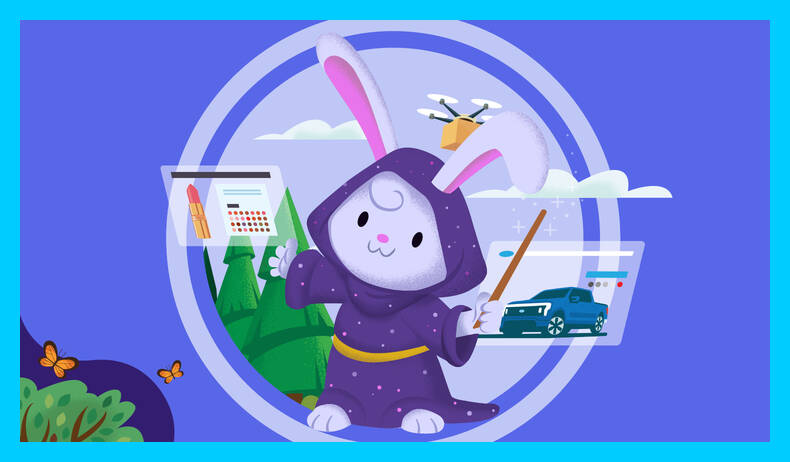Fifty Percent of Enterprises Will Have Started Windows 10 Deployments by January 2017
Mumbai, India, November 23, 2015 — Windows 10 is poised to become the most widely installed version of Windows ever, following on the path of Windows XP and Windows 7 before it, according to Gartner, Inc. Gartner predicts that 50 percent of enterprises will have started Windows 10 deployments by January 2017.
“In the consumer market, a free upgrade coupled with broad legacy device support and automatic over-the-air upgrades ensures that there will be tens of millions of users familiar with the operating system (OS) before the end of 2015,” said Steve Kleynhans, research vice president at Gartner. “For enterprises, we expect that implementation will be significantly more rapid than that seen with Windows 7 six years ago.”
Several factors are driving migration, specifically awareness of the end of support for Windows 7 in January 2020, strong compatibility with Windows 7 applications and devices, and a pent-up demand for tablet and 2-in-1 device rollouts. The net result is that many enterprises are planning to begin pilots for Windows 10 in the first half of 2016, and to broaden their deployments in the latter part of the year. Gartner expects that at least half of enterprises will have started some production deployments by the beginning of 2017, with an eye to completing their migrations in 2019.
Gartner made three additional endpoint technology predictions:
By 2019, Organizations Will Deliver Twice as Many Applications Remotely Compared With 2015.
“Organizations will centralize a number of applications over the next three years to enable platform- independent computing,” said Nathan Hill, research director at Gartner. “As platform-specific Windows applications dip below a certain threshold and become a “manageable minority” — that is 20 to 30 percent of the application portfolio — organizations will find it increasingly financially and operationally attractive to ring-fence all of them using device-independent delivery options.”
This is a continuation of using centralized delivery architectures to deliver legacy applications, but it also signals a watershed where the remaining business-critical and platform-dependent applications (that cannot be replaced) must be shifted to allow user-centric computing to evolve at the faster pace that users and software vendors are demanding.
By 2018, Touchscreens Will Be Shipped on One-Third of All Notebooks.
As the incremental price for touch decreases, it will become more normalized as a default feature for notebooks. Pricing is expected to get much more competitive in the second half of 2016 as manufacturing processes continue to improve and Windows 10 migration planning starts to accelerate.
By 2018, 30 Percent of Enterprises Will Spend More on Display Screens Than on PCs.
In the digital workplace, users will demand more screen real estate for their workspaces and this will bring forth both higher-resolution screens and more of them, leading to scenarios where more money is spent on display screens than on the PC itself.
“All of these trends portend a new employee workspace that is more mobile, more capable of working more naturally with humans, and, overall, more productive and secure. Endpoint support staff must rethink the workspace and work with suppliers to rearchitect and re-cost standards,” said Ken Dulaney, vice president and distinguished analyst at Gartner. “From an IT perspective, Windows 10 and the move of applications to the back end will dramatically change how those applications are delivered to employees. Updates will be more frequent, more incremental and less obvious to the end user. Software vendors and internal IT have much to do to adapt to this new model and to move away from the image management model for PCs of today.”
More detailed analysis is available in the report “Predicts 2016: Endpoint Technology Shifts Are Accelerated by Windows 10.”
————————————————————————————————————————————
PRESS RELEASE








